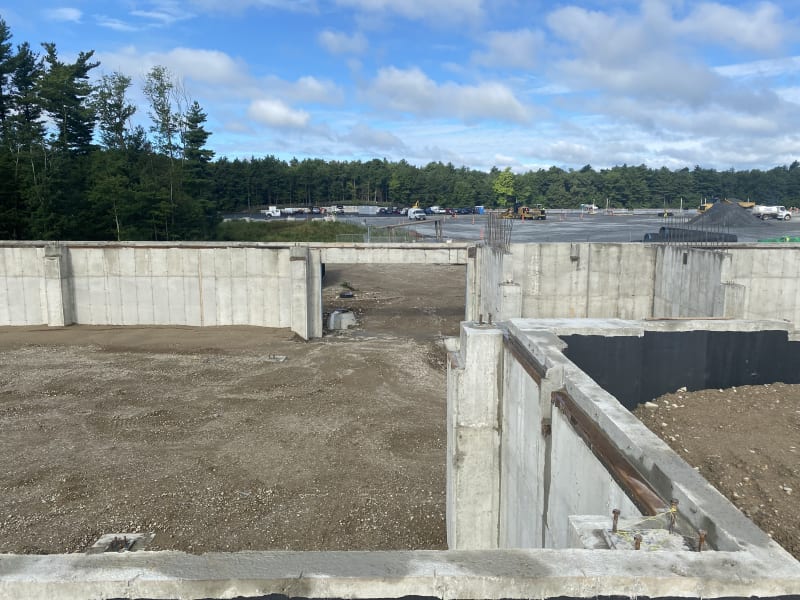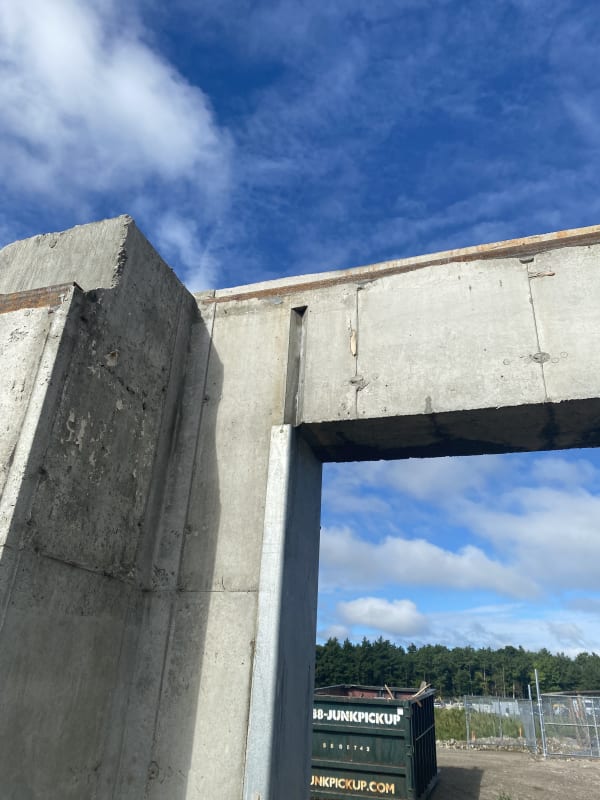I have a project that is currently under construction that I designed over 4 years ago.
In the infinite wisdom of the foundation contractor, they decided to install a contraction joint at the end of a concrete beam in a foundation wall at the location we have a integral concrete beam.


This beam is supporting:
-The weight of the beam itself
-5'-0" of first floor retail space
-building façade (metal studs and efis)
-a catwalk on the outside of the building.
Now I am left to wonder what is going to happen with regards to shear in this area. The foundation contractor said he installed a contraction joint here because he thought that the wall was going to crack there and that was the best area for the crack to form...... but he forgot that we had a ton of reinforcing running though the beam here )4-#8 bars top and bottom with #3 ties/stirrups at 10" o.c.).
How do we go about repairing this beam?
In the infinite wisdom of the foundation contractor, they decided to install a contraction joint at the end of a concrete beam in a foundation wall at the location we have a integral concrete beam.


This beam is supporting:
-The weight of the beam itself
-5'-0" of first floor retail space
-building façade (metal studs and efis)
-a catwalk on the outside of the building.
Now I am left to wonder what is going to happen with regards to shear in this area. The foundation contractor said he installed a contraction joint here because he thought that the wall was going to crack there and that was the best area for the crack to form...... but he forgot that we had a ton of reinforcing running though the beam here )4-#8 bars top and bottom with #3 ties/stirrups at 10" o.c.).
How do we go about repairing this beam?
